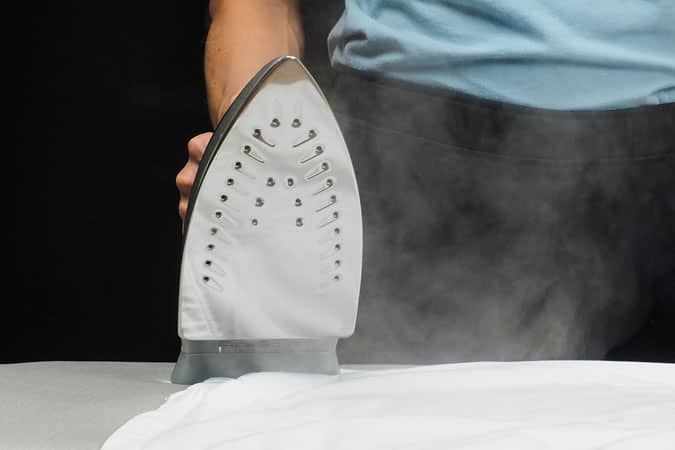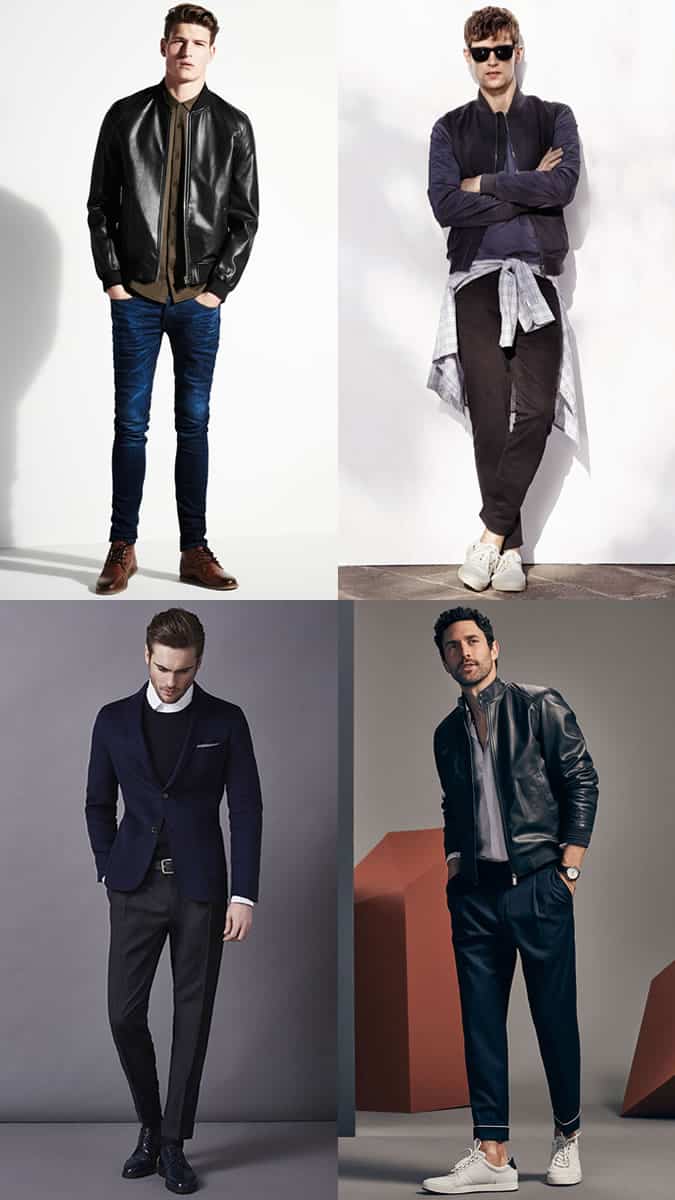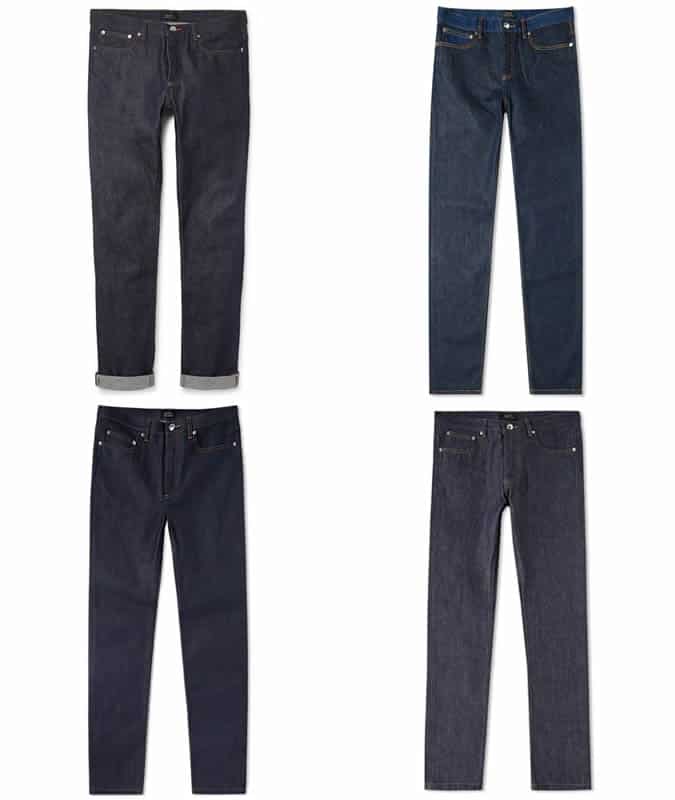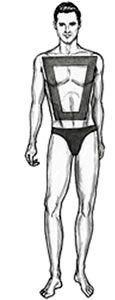The Complete Guide To Savile Row
The traditional styles of Savile Row come largely from military uniforms – in an age where even battle dress prioritised display over functionality. This is why Row suits largely still seem so formal, with padded shoulders, stiff canvas, nipped waists and long jackets. Man’s first trip to Savile Row may well have been for a uniform, and this is the role many of the tailors (particularly Gieves & Hawkes and Dege & Skinner) still play today.
Anderson & Sheppard was always known as the civilian tailor, famous for dressing Hollywood stars such as Fred Astaire. But even their traditional cut – known as the ‘drape’ – had military origins, with cutter Frederick Scholte inspired by the excess cloth in the chest and back of some uniforms, belted tightly at the waist, which made the upper body appear bigger and stronger.
In recent years several Savile Row tailors have begun offering ready-to-wear and made-to-measure tailoring alongside bespoke, such as Huntsman and (ex-Huntsman head cutter) Richard Anderson. Although usually not made in the UK, these do offer the same house style as bespoke, and can be finished and altered by the in-house tailors. So there’s better guidance on fit than in most high-street stores, and it’s a nice way to sample the style of a particular tailor. A gateway drug, perhaps – and a potentially expensive habit.
The prestige of this particular post code and the quality of work produced on the Row means that buying a suit on Savile Row does not come cheap. Ready-to-wear suits start around £700 and you should at least double your budget for made-to-measure. For the full bespoke experience, you’ll need a minimum of £4,000 but £10,000 is not uncommon, depending on factors like your preferred material and the amount of hand work required.
Three Different Cuts
Before running through the different tailoring houses, it’s helpful to say that their styles – subsets of that structured English look – can be roughly placed into three groups.












